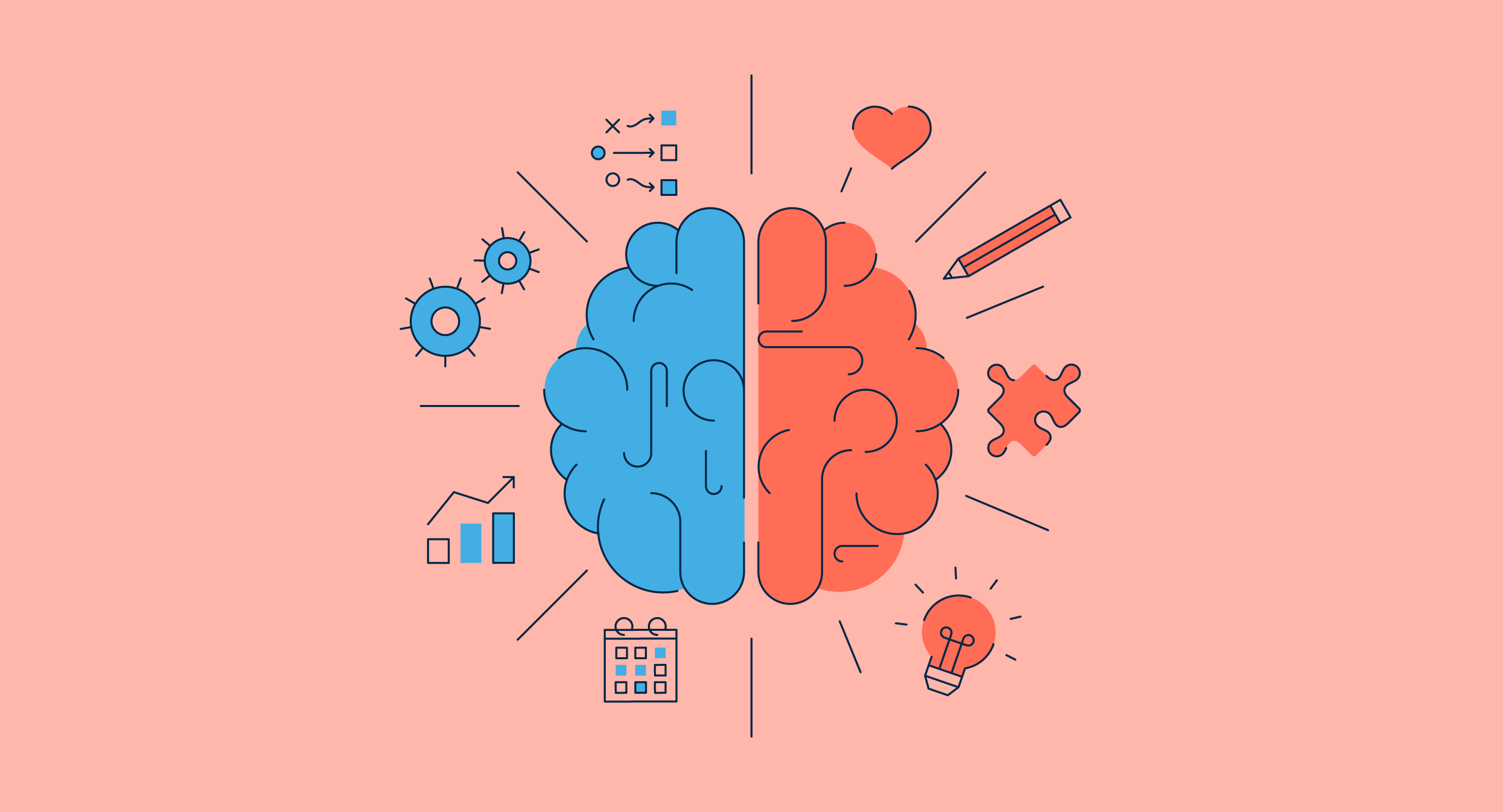2. The Purpose of Research
1) To study the components and indicators of the 21st century of the students in schools under the Office of the
Basic Education Commission.
2) To study the current conditions, desirable conditions and necessary needs of the development of the 21st century
of the students in schools under the Office of the Basic Education Commission.
3) To develop strategies for the development of the 21st century of the students in schools under the Office of the
Basic Education Commission.
3. Research Methodology
3.1 Population, Sample Groups and Data Provider Groups
1) Population consisted of 2,262 people from 185 schools which are 141 school administrators, 2,121 teachers in
primary schools under the Office of Nong Khai Primary Educational Service Area Zone 2.
2) The sample consisted of 103 school administrators, 323 teachers in primary schools under the Office of Nong
Khai Primary Educational Service Area 2, which were obtained by using the Krejcie and Morgan’s (1970) table
and Stratified Random Sampling.
3) Data provider groups, consisting of
a) The groups of data providers were personnel in primary best practices schools under the Office of Nong Khai
Primary Educational Service Area 2, from small, medium, and large school. Three person from each school
comprising one administrator, one academic chief and one head of teaching and learning section, with the
total of 9 persons.
b) Experts who participated in the focus group discussion to consider the appropriateness and made suggestions
about the strategies for developing the 21st century of the students in schools under the Office of the Basic
Education Commission.
c) Experts who evaluated suitability, possibility and usefulness of the strategies for the development of the 21st
century of the students in schools under the Office of the Basic Education Commission.
3.2 The Research Instruments Used in This Research
1) The interview form regarding the suitability of the components and strategies for the development of learning
skills in the 21stcentury of the students in schools under the Office of the Basic Education Commission in all 3
areas, which are 1) learning and innovation skills 2) life skills and career skills 3) Information technology, media
and technology skills.
2) Questionnaire with 5 rating scales, inquire about current conditions, desirable conditions of learning skills in
ies.ccsenet.org International Education Studies Vol. 13, No. 10; 2020
141
the 21stcentury of the students in schools under the Office of the Basic Education Commission in 3 areas are 1)
learning and innovation skills 2) life and career skills
3) information technology, media and technology skills
reached an IOC between 0.80 - 1.00, reliability of 0.98.
3) 5 levels rating scale assessment form assess the appropriateness, the usefulness, the possibility of the
21stcentury of the students in schools under the Office of the Basic Education Commission.
3.3 Research Procedure
Phase 1: Study of the components and indicators of the 21st century learning skills by using documentary
research and assessed suitability by experts as the following steps
Step 1: Study documents and research related to the 21st century of the students in schools under the Office of
the Basic Education Commission to determine the components and indicators of the 21st century learners’ skills.
Step 2: Assess the appropriate components and indicators of the 21st century of the students in schools under the
Office of the Basic Education Commission. The following were 9 experts: 1) 3 School director with a doctoral
degree or specialist in educational administration 2) 3 teachers with a doctoral degree or expert in curriculum and
instruction 3) 3 supervisors who have a doctoral degree in curriculum and instruction or educational
administration.
Phase 2: Study current conditions, desirable conditions and the need for the 21st century of the students in
schools under the Office of the Basic Education Commission by using the survey research as the following steps.
Step 1: Use the data from Phase 1 to create and find out the quality of the questionnaire and then collected the
data from the specified sample group.
Step 2: Analyze current conditions, the desirable conditions of learning skills in the 21st century learning skills
by Means, Standard deviation and compared with the criteria. The meaning of Means and analysis of the
Modified Priority Need Index (PNI modified) in order to find the sequence of necessary for the 21st century
learning skills development.
Phase 3: Develop strategies for the 21st century of the students in schools under the Office of the Basic
Education Commission with the following steps
Step 1: Study Best Practice from schools under the Office of the Basic Education Commission of the Office of
Nong Khai Primary Educational Service Area 2 from small, medium, and large sized schools.
Step 2: Use the data from Phase 2 in Matrix Analysis between current and desirable conditions for using to draft
strategies.
Step 3: Bring data from steps 1 and 2 into the drafting process as the 21st century learning skills development
strategy. The strategic components consisted of goals, measures, and successful indicators.
Step 4: Examine the appropriateness of the 21st century learning skills development strategy of the school
students under the Office of the Basic Education Commission by focus group discussion with 9 experts and
raised suggestions for improvement.
Step 5: Assess the appropriateness, usefulness and the possibility of strategies for the development of learning
skills in the 21st century of the students in schools under the Office of the Basic Education Commission with 9
experts, including 1) 3 school directors who graduated doctoral degree or specialists, 2) 3 teachers who
graduated doctoral degree or specialists 3) 3 educational supervisors who graduated doctoral degree.

